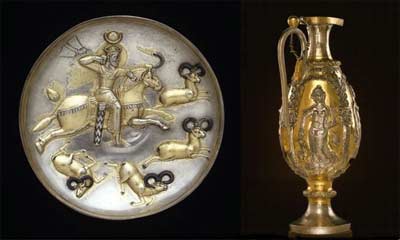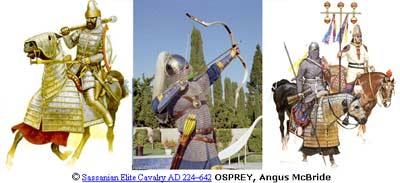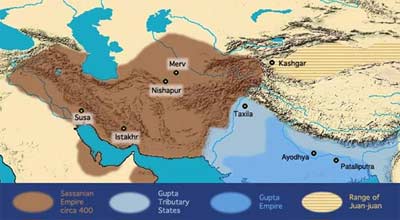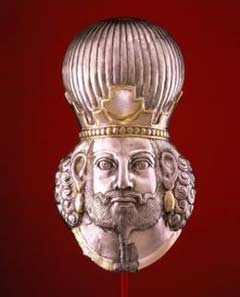|
|
|
The
Last Dynasty - Sassanian Glory Exhibit in Paris
The exhibition is held under the patronage of the Cernuschi Museum, Museum of Asian Arts of the city of Paris and the Department of Oriental Antiquities of the Louvre Museum.
The Sassanian Dynasty ruled for over 4 centuries (224-642), from the 2nd Century A.D. to the Arab invasion. In 224 A.D. Ardeshir, a Prince of the region of Fars/Pars in the south west of Iran, overthrows Artaban, the master of the Parthian Empire and creates a new dynasty known as the Sassanian inspired by his ancestor Sassan.
They will rule for over than 4 centuries establishing itself as one of the greatest empires of the Ancient World and much vaster than that of the Aechemenid Empire which they consider themselves as the inheritors. At crossroads between civilizations of the East such as China and of the West such as the Roman Empire and later the Byzantine, the Sassanians imposed themselves as a major super power of its time.
The Kings court was equally sumptuous with grand parties given for princes and nobles of allied kingdoms. This ostentatious splendor encourages more “minor” arts. Silver dishes encrusted by gold coins featuring the King, Cups and Amphora’s decorated by symbols related to Mazdean religion ( Pre-Islamic monotheistic religion) or shows dancers, musicians and jesters. Fine Crockery, rich silk, ceremonial jewel encrusted swords and gold or silver coins are displayed at the exhibition.
Author’s
notes: -
General Info : Press
Contact : Danièle Guyot
|



 The
core of the Sassanian Art is the glorified image of the King who is
identified as the unifying force that holds the empire together and
represents the authority of the Crown. The King dominates the court
scenes, and is present in all Hunting and Banquet scenes carved in
the mountain or on most items such as ruby encrusted metal Vases and
artifacts.
The
core of the Sassanian Art is the glorified image of the King who is
identified as the unifying force that holds the empire together and
represents the authority of the Crown. The King dominates the court
scenes, and is present in all Hunting and Banquet scenes carved in
the mountain or on most items such as ruby encrusted metal Vases and
artifacts.